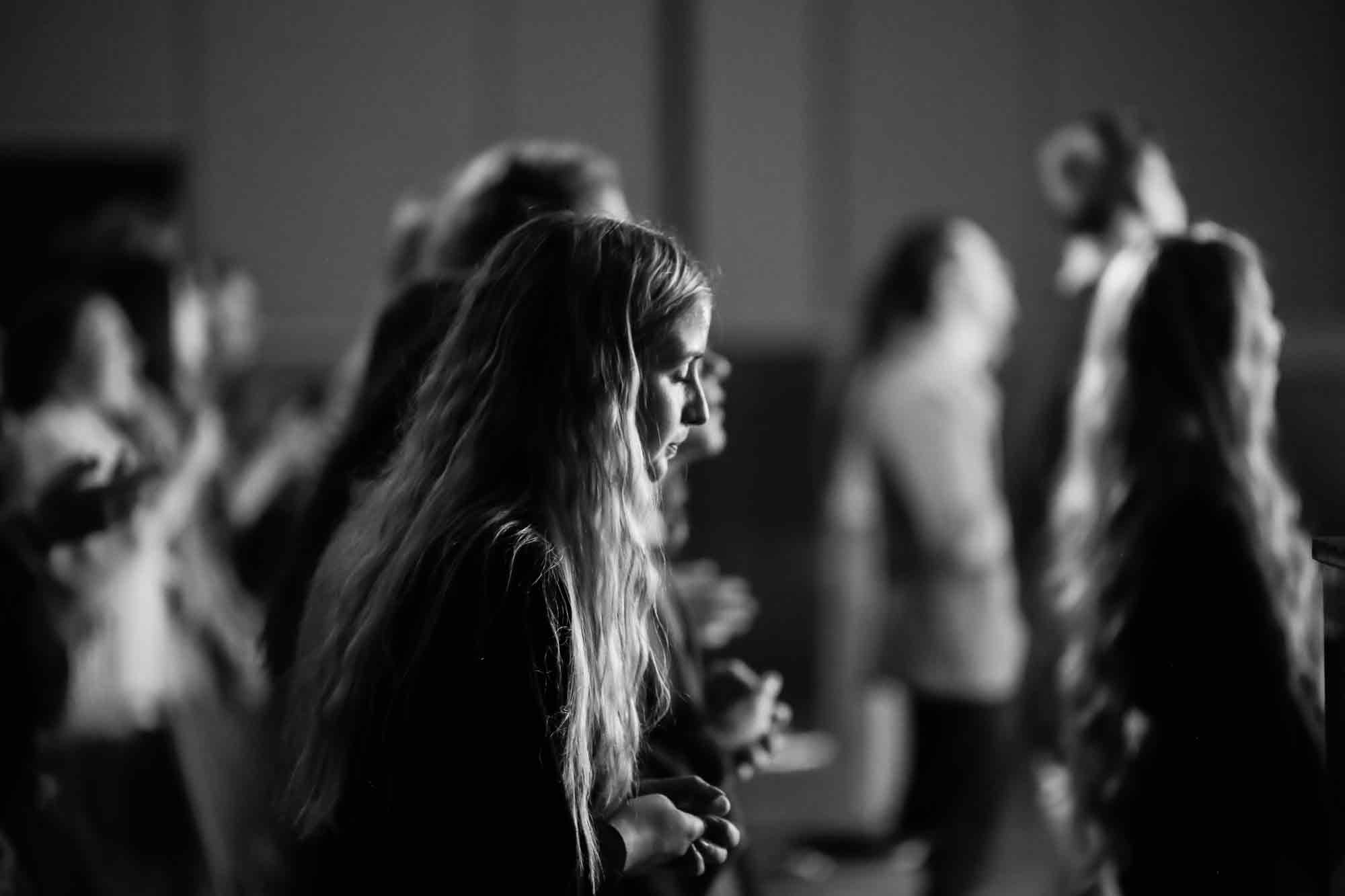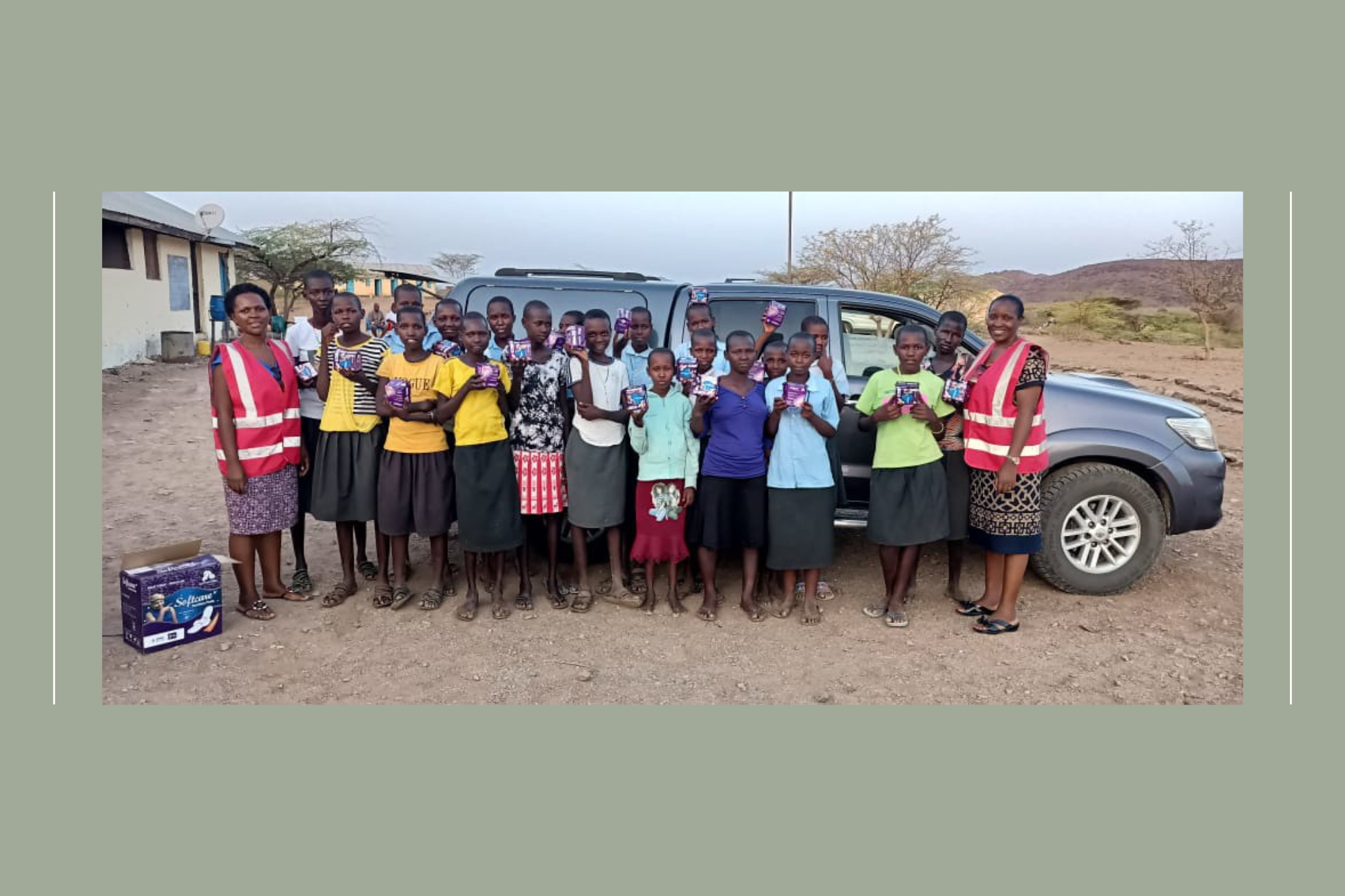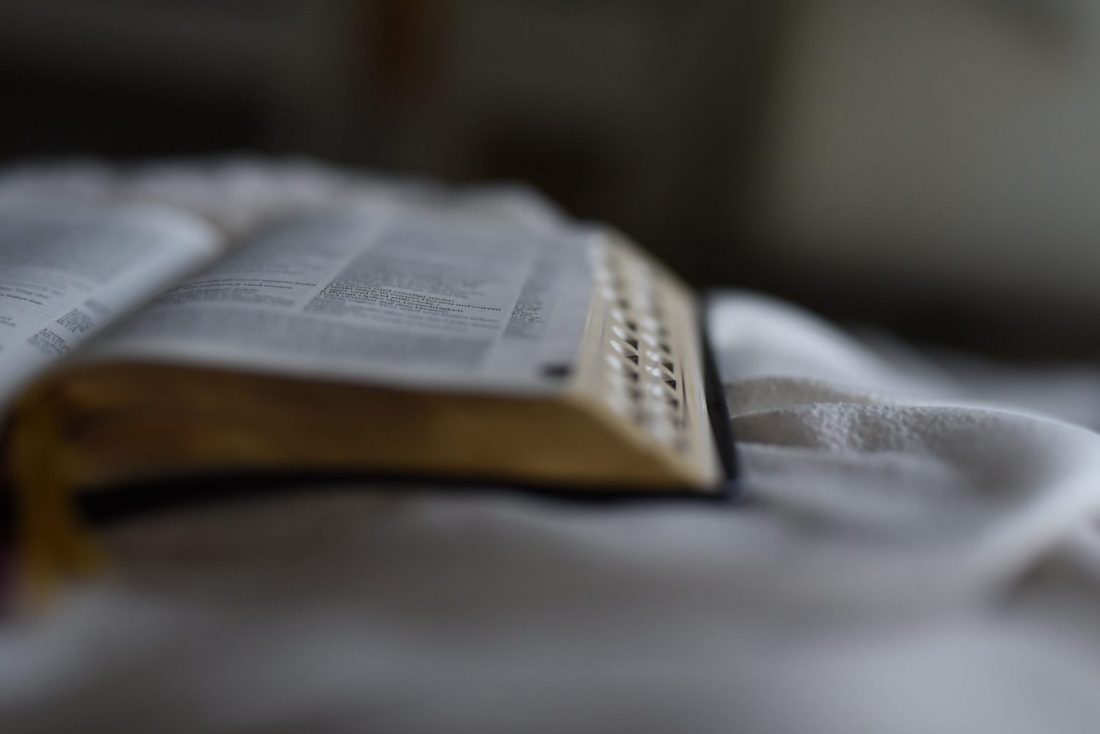Listen to this article
Listen to this article
Loading
Play
Pause
Options
0:00
-:--
1x
Playback Speed- 0.5
- 0.6
- 0.7
- 0.8
- 0.9
- 1
- 1.1
- 1.2
- 1.3
- 1.5
- 2
Audio Language
- English
- French
- German
- Italian
- Spanish
Open text
pray like a monk. an excerpt from “praying like monks, living like fools: an invitation to the wonder and mystery of prayer.”. the way to pray like jesus taught us to pray includes this unavoidable invitation: learn to live like a monk in the ordinary world. historically speaking, this is the drum that god’s people have always been beating. in the hebrew tradition, which contains the very roots of the christian faith, there has always been a daily prayer rhythm: pausing to pray three times a day—morning, midday and evening. in fact, all the great spiritual traditions insist on some kind of a daily prayer rhythm (see richard rohr, “contemplation and compassion: the second gaze,” in contemplation in action). this is the central plot point of the book of daniel. he refuses to renounce prayer to yahweh in a babylonian culture. he won’t stop kneeling to pray three times a day in front of his jerusalem-facing window. he lives by a daily prayer rhythm, and he will not order his prayer life according to the culture, customs and expectations of that foreign land. that’s the offense that gets him thrown to the lions. likewise, the psalmist unites the voice of all god’s people: as for me, i call to god, and the lord saves me. evening, morning and noon i cry out in distress, and he hears my voice (ps. 55:16–17). jesus himself observed a daily prayer rhythm. every one of the gospels contains descriptions of jesus withdrawing from his activity for set times of prayer. there are 17 scenes of jesus at prayer. it’s important to note that not every reference to jesus in prayer was planned according to a fixed, daily rhythm. it wasn’t temple custom to stay up all night on a moonlit prayer hike, for instance, so jesus did pray spontaneously. but it’s equally important to note that jesus did pray according to a fixed, daily rhythm. the overwhelming historic evidence is that jesus prayed according to the temple rhythm—three times a day—observing the same morning, midday and evening rhythm we see in daniel and the psalms. in fact, many of the biblical references to jesus in prayer fall into that category. new testament theologian scot mcknight summarizes in “praying with the church: following jesus daily, hourly, today”: “jesus prayed within the sacred rhythms of israel, and he knew firsthand their formative influence.” jesus prayed spontaneously and routinely, alone and with others, pouring out his emotions in his own words and guided by the psalms at fixed hours in the temple. jesus prayed like a wild, unruly monk. the early church, whose shared life we’ve been trying to recapture for about 1,700 years now, lived by a daily prayer rhythm. in acts, the apostles picked up exactly where their rabbi had left off, praying like jesus taught them. one day peter and john were going up to the temple at the time of prayer—at three in the afternoon (acts 3:1). on their release, peter and john went back to their own people and reported all that the chief priests and the elders had said to them. when they heard this, they raised their voices together in prayer to god (acts 4:23–24). about noon the following day as they were on their journey and approaching the city, peter went up on the roof to pray (acts 10:9). the earliest nonbiblical document we have from church life is called the didache, which, among other things, details the morning, midday and evening prayers observed by all christians in the early church. have you ever wondered how the apostles were able to gather their scattered congregations for emergency prayer meetings in a huge city in a world before cell phones? the most likely explanation is that they were already gathering for prayer at set points throughout the day. a shared, daily prayer rhythm was the assumption in the church for centuries, and then the roman empire fell. when that happened, the church, for the first time in its history, buddied up with political power and lost its saltiness, as jesus put it (see matt. 5:13). at that same time, they lost a taste for prayer. the first monasteries were founded in the fourth and fifth centuries simply to continue the common life of the early church. linking arms with power, church life had become diluted, and so a few believers withdrew to return to the potent expression of earlier days that had spread through the greco-roman world like wildfire. the original monks, now known as desert mothers and fathers, were ordinary people who wanted to continue living the common way of jesus and the apostles. those desert communities prayed like wild, unruly monks. acts is the biblical history book of the early church. i challenge you to read it in its entirety, highlighting every reference to “as we were going to the place of prayer” (or the equivalent phrase in your translation), and observe what comes along with a commitment to a life that is daily rooted in prayer. in acts 2, the flaming tongues of pentecost descended while the believers were gathered for morning prayer (nine in the morning). in acts 3, peter and john performed the first miraculous healing after the resurrection on the way to midday prayer (three in the afternoon). in acts 4, the foundations of the temple shook in response to the church’s ordinary prayer gathering. in acts 10, peter received a vision that the gospel was for not just the jewish people but the entire world, and the family of jesus expanded to all nations while praying midday prayers. even in acts 2, we read this summary of the church’s inception: they devoted themselves to the apostles’ teaching and to fellowship, to the breaking of bread and to prayer (acts 2:42). the greek word translated “prayer” is plural, a fact reflected in some translations, and almost certainly refers to the fixed rhythm of daily prayer (see paul kroll, “studies in the book of acts: acts 2:42–47”). and what followed that devotion to prayer? the early church’s supernatural life included signs and wonders, wild generosity, countercultural community, and a daily tide of salvation washing in (acts 2:43–47). the early christians placed a higher value on gathering to pray than we commonly do today, and they possessed a higher concentration of the spirit’s power than we commonly do today. when we pray, expressing our love to god, the power of god, more or less, just inadvertently gets thrown in. throughout the whole of the biblical drama and into the early church history, prayer was the anchor of the christian life in community. my suspicion is that when the apostle paul instructed the church to “pray without ceasing” (1 thess. 5:17 kjv), he had in mind both a constant state of interior being and an outward, committed, concrete rhythm. the invitation is something like “pray like a band of wild, unruly monks,” and as you do, love and power will bloom together from within you. taken from “praying like monks, living like fools: an invitation to the wonder and mystery of prayer” by tyler staton. copyright © (october 2022) by zondervan. used by permission of zondervan, do good:. read “praying like monks, living like fools: an invitation to the wonder and mystery of prayer” (zondervan, 2022) by tyler staton. get on the list for good words from the good word and get a boost of inspiration in 1 minute a day with a daily affirmation from scripture list this sent straight to your inbox. it’s an email to help you start your day with goodness. did you know the salvation army served 31 million americans last year fighting hunger, homelessness, substance abuse and more—all in a fight for good? where can you help? take our quiz to find your cause and learn how you can join in today. interrupt the free flow of junk (e)mail with something good. get the do good digest. join 23k+ people who care and get weekly inspiration sent right to your inbox.
Open context player
Close context player
Plays:-Audio plays count
pray like a monk. an excerpt from “praying like monks, living like fools: an invitation to the wonder and mystery of prayer.”. the way to pray like jesus taught us to pray includes this unavoidable invitation: learn to live like a monk in the ordinary world. historically speaking, this is the drum that god’s people have always been beating. in the hebrew tradition, which contains the very roots of the christian faith, there has always been a daily prayer rhythm: pausing to pray three times a day—morning, midday and evening. in fact, all the great spiritual traditions insist on some kind of a daily prayer rhythm (see richard rohr, “contemplation and compassion: the second gaze,” in contemplation in action). this is the central plot point of the book of daniel. he refuses to renounce prayer to yahweh in a babylonian culture. he won’t stop kneeling to pray three times a day in front of his jerusalem-facing window. he lives by a daily prayer rhythm, and he will not order his prayer life according to the culture, customs and expectations of that foreign land. that’s the offense that gets him thrown to the lions. likewise, the psalmist unites the voice of all god’s people: as for me, i call to god, and the lord saves me. evening, morning and noon i cry out in distress, and he hears my voice (ps. 55:16–17). jesus himself observed a daily prayer rhythm. every one of the gospels contains descriptions of jesus withdrawing from his activity for set times of prayer. there are 17 scenes of jesus at prayer. it’s important to note that not every reference to jesus in prayer was planned according to a fixed, daily rhythm. it wasn’t temple custom to stay up all night on a moonlit prayer hike, for instance, so jesus did pray spontaneously. but it’s equally important to note that jesus did pray according to a fixed, daily rhythm. the overwhelming historic evidence is that jesus prayed according to the temple rhythm—three times a day—observing the same morning, midday and evening rhythm we see in daniel and the psalms. in fact, many of the biblical references to jesus in prayer fall into that category. new testament theologian scot mcknight summarizes in “praying with the church: following jesus daily, hourly, today”: “jesus prayed within the sacred rhythms of israel, and he knew firsthand their formative influence.” jesus prayed spontaneously and routinely, alone and with others, pouring out his emotions in his own words and guided by the psalms at fixed hours in the temple. jesus prayed like a wild, unruly monk. the early church, whose shared life we’ve been trying to recapture for about 1,700 years now, lived by a daily prayer rhythm. in acts, the apostles picked up exactly where their rabbi had left off, praying like jesus taught them. one day peter and john were going up to the temple at the time of prayer—at three in the afternoon (acts 3:1). on their release, peter and john went back to their own people and reported all that the chief priests and the elders had said to them. when they heard this, they raised their voices together in prayer to god (acts 4:23–24). about noon the following day as they were on their journey and approaching the city, peter went up on the roof to pray (acts 10:9). the earliest nonbiblical document we have from church life is called the didache, which, among other things, details the morning, midday and evening prayers observed by all christians in the early church. have you ever wondered how the apostles were able to gather their scattered congregations for emergency prayer meetings in a huge city in a world before cell phones? the most likely explanation is that they were already gathering for prayer at set points throughout the day. a shared, daily prayer rhythm was the assumption in the church for centuries, and then the roman empire fell. when that happened, the church, for the first time in its history, buddied up with political power and lost its saltiness, as jesus put it (see matt. 5:13). at that same time, they lost a taste for prayer. the first monasteries were founded in the fourth and fifth centuries simply to continue the common life of the early church. linking arms with power, church life had become diluted, and so a few believers withdrew to return to the potent expression of earlier days that had spread through the greco-roman world like wildfire. the original monks, now known as desert mothers and fathers, were ordinary people who wanted to continue living the common way of jesus and the apostles. those desert communities prayed like wild, unruly monks. acts is the biblical history book of the early church. i challenge you to read it in its entirety, highlighting every reference to “as we were going to the place of prayer” (or the equivalent phrase in your translation), and observe what comes along with a commitment to a life that is daily rooted in prayer. in acts 2, the flaming tongues of pentecost descended while the believers were gathered for morning prayer (nine in the morning). in acts 3, peter and john performed the first miraculous healing after the resurrection on the way to midday prayer (three in the afternoon). in acts 4, the foundations of the temple shook in response to the church’s ordinary prayer gathering. in acts 10, peter received a vision that the gospel was for not just the jewish people but the entire world, and the family of jesus expanded to all nations while praying midday prayers. even in acts 2, we read this summary of the church’s inception: they devoted themselves to the apostles’ teaching and to fellowship, to the breaking of bread and to prayer (acts 2:42). the greek word translated “prayer” is plural, a fact reflected in some translations, and almost certainly refers to the fixed rhythm of daily prayer (see paul kroll, “studies in the book of acts: acts 2:42–47”). and what followed that devotion to prayer? the early church’s supernatural life included signs and wonders, wild generosity, countercultural community, and a daily tide of salvation washing in (acts 2:43–47). the early christians placed a higher value on gathering to pray than we commonly do today, and they possessed a higher concentration of the spirit’s power than we commonly do today. when we pray, expressing our love to god, the power of god, more or less, just inadvertently gets thrown in. throughout the whole of the biblical drama and into the early church history, prayer was the anchor of the christian life in community. my suspicion is that when the apostle paul instructed the church to “pray without ceasing” (1 thess. 5:17 kjv), he had in mind both a constant state of interior being and an outward, committed, concrete rhythm. the invitation is something like “pray like a band of wild, unruly monks,” and as you do, love and power will bloom together from within you. taken from “praying like monks, living like fools: an invitation to the wonder and mystery of prayer” by tyler staton. copyright © (october 2022) by zondervan. used by permission of zondervan, do good:. read “praying like monks, living like fools: an invitation to the wonder and mystery of prayer” (zondervan, 2022) by tyler staton. get on the list for good words from the good word and get a boost of inspiration in 1 minute a day with a daily affirmation from scripture list this sent straight to your inbox. it’s an email to help you start your day with goodness. did you know the salvation army served 31 million americans last year fighting hunger, homelessness, substance abuse and more—all in a fight for good? where can you help? take our quiz to find your cause and learn how you can join in today. interrupt the free flow of junk (e)mail with something good. get the do good digest. join 23k+ people who care and get weekly inspiration sent right to your inbox.
Listen to this article

















